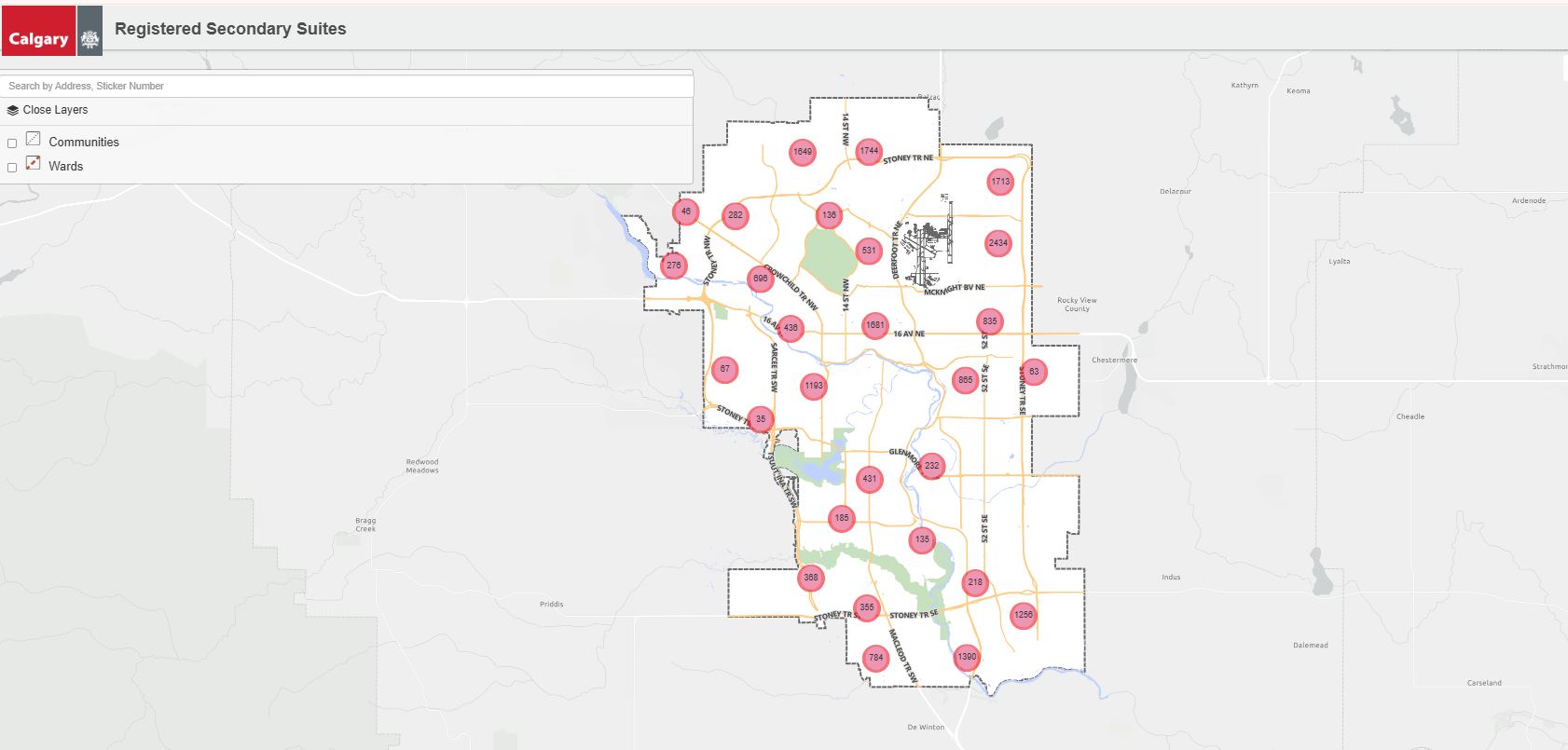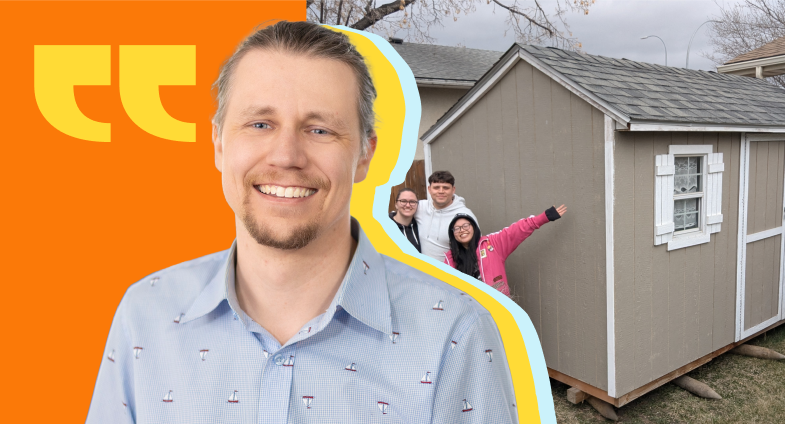A fixed lump-sum loan secured against your home’s value. This route works well for homeowners who want to preserve their current mortgage but still unlock capital. Pros: Predictable payments; access to a large amount upfront. Cons: Typically comes with a higher rate than your first mortgage; adds a second monthly loan.
A revolving credit facility tied to your property, often used in Calgary to manage staged costs or unexpected upgrades during construction. Pros: Only pay interest on what you use; flexible access over time. Cons: Subject to variable rates; must have strong equity and credit history.
Designed for larger builds like detached backyard suites. Funds are distributed in phases as construction progresses, with lender inspections required along the way. Pros: Great for managing large contractor payments and scheduling. Cons: Requires approved plans, permits, and bank approval before work begins.
Roll your current mortgage into a larger one and extract equity to finance your ADU. Calgary homeowners often consider this when their fixed term is up. Pros: Usually offers better rates than unsecured loans; simplifies into one payment. Cons: Triggers early repayment penalties if refinanced mid-term; resets your amortization.
This option doesn’t use your home as collateral and is usually best for soft costs or smaller projects. Pros: Fast approval; no lien on your property. Cons: Higher rates and lower borrowing limits than equity-backed options.




